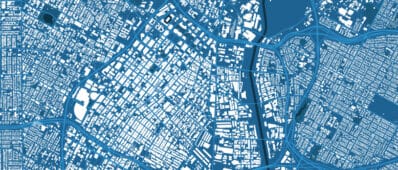Project Summary
Residential location is arguably one of the most important aspects of a person’s lifestyle and relates to everything from individuals’ self-identities to their employment opportunities and transportation choices. From a policy perspective, matching the provision of residential options to the preferences of society is one of the most crucial roles of urban planning and infrastructure design. However, a major challenge for understanding how locational amenities, such as public transportation, affect residents’ behavior is that people choose where to live, and do so based in part on a neighborhood’s amenities. This research project overcomes challenges surrounding self-selection to provide credible causal inference about how residential location affects transportation and economic outcomes. The research leverages the lottery that allocates households in San Francisco to below-market rate (BMR) housing units, which effectively serves as a randomized experiment that removes self-selection. Given the scarcity of affordable housing, BMR lotteries can attract 60+ applicants per unit, and so, by design, lottery winners are randomly assigned to residences. Using administrative data, this project affirms that lottery-winning households’ baseline preferences are uncorrelated with their allotted residential features such as public transportation accessibility, parking availability, and bicycle infrastructure—meaning that neighborhood attributes and a building’s parking supply are effectively assigned at random. Successful lottery applicants were surveyed about their transportation choices and employment. Survey results demonstrate that neighborhood attributes (i.e., parking, transit access, and walkability) significantly affect transportation mode choices. Most notably, the amount of on-site parking greatly changes households’ car ownership decisions and driving frequency, with substitution away from public transit. In contrast, parking supply does not affect employment or job mobility. Overall, the evidence from this study robustly supports that local features of the built environment are important determinants of transportation behavior.

